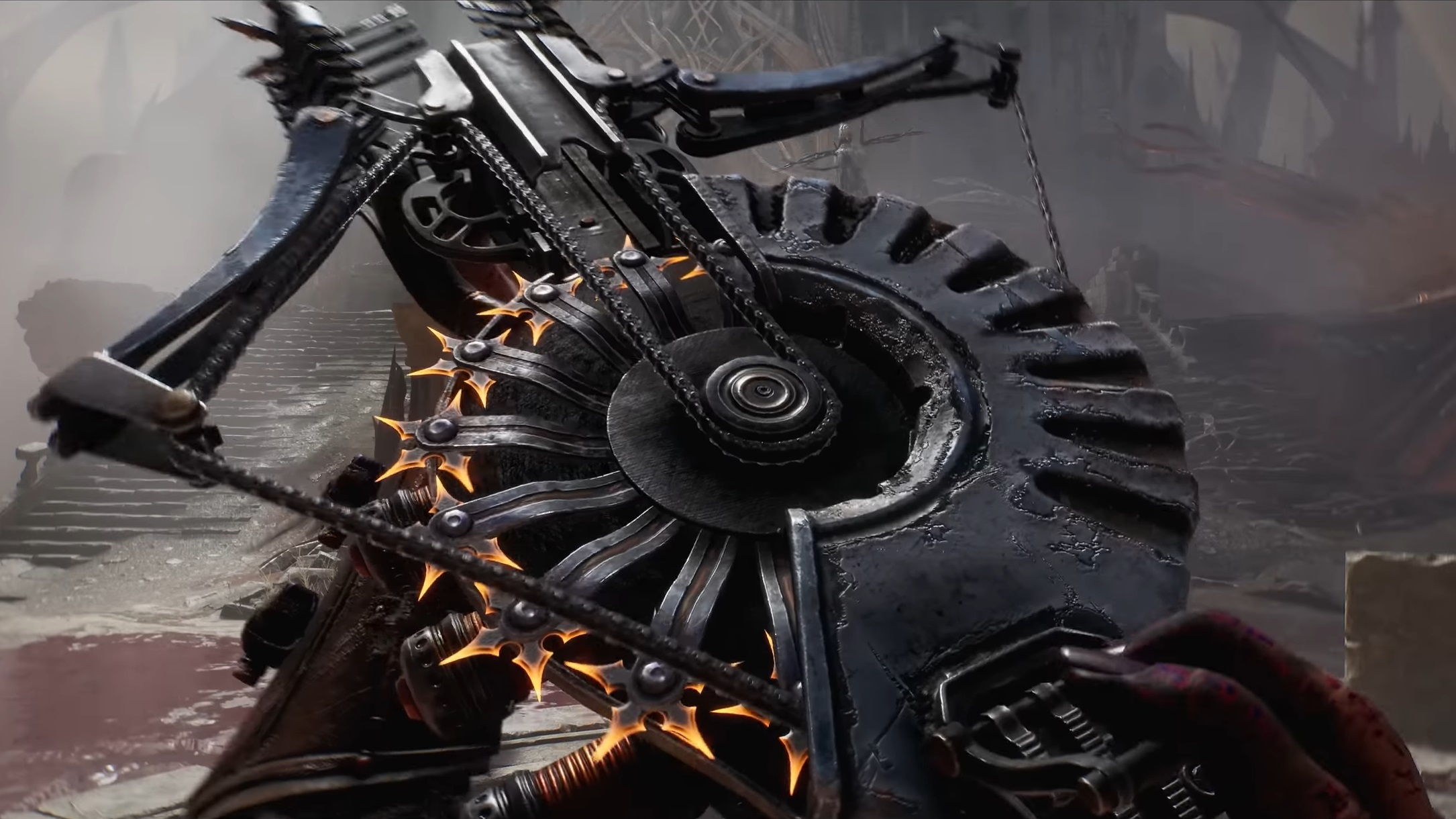Here we break down how to properly upgrade your GPU in your existing hardware or if upgrading from old hardware.
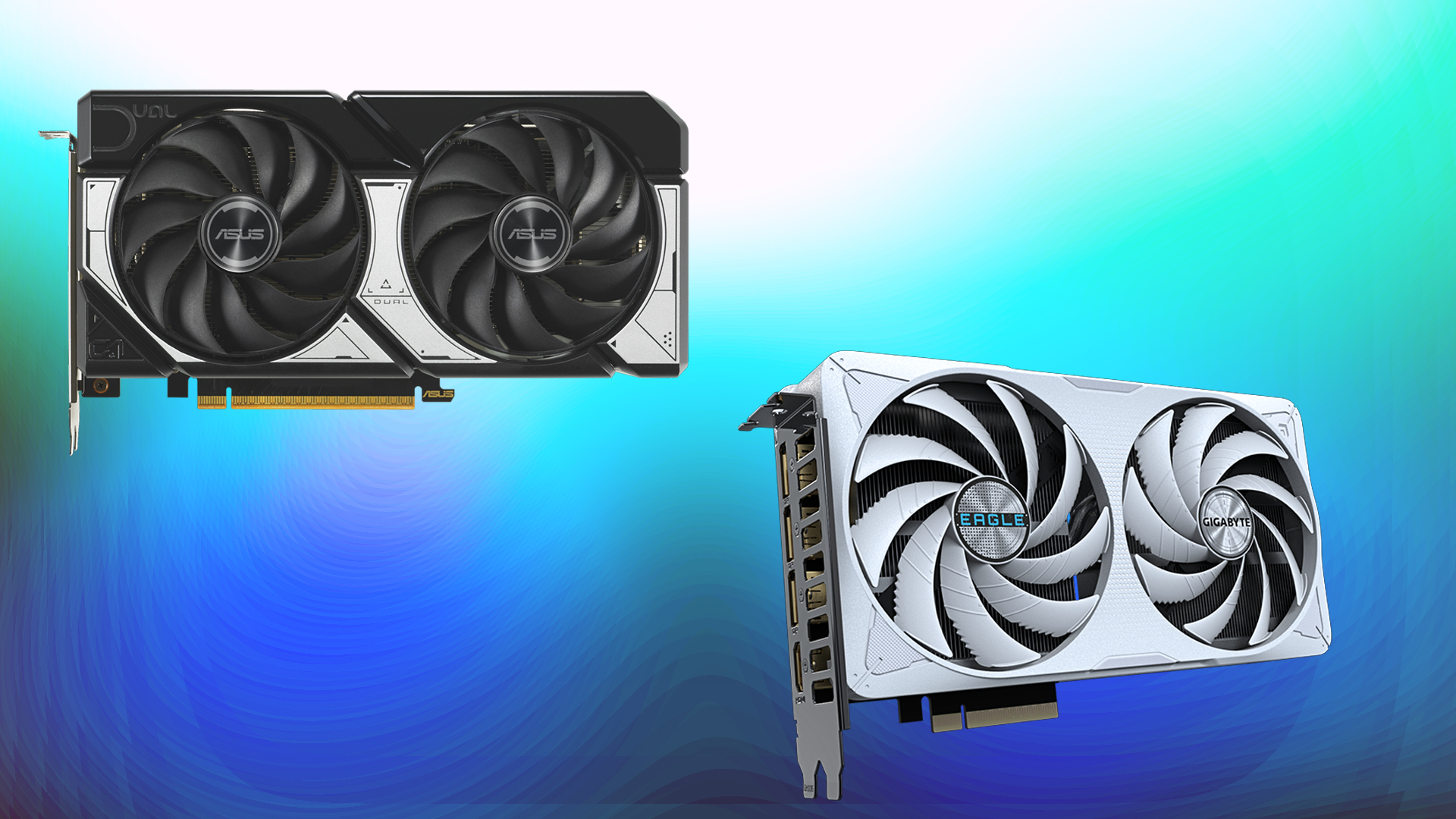
Building a new gaming PC or upgrading your current rig requires cautious consideration when it comes to GPU upgrade paths. There are numerous parameters to consider now, including VRAM, PCIe lanes, power consumption, power connectors, encoders, and many more. Below is a comprehensive guide to help you determine what you need and in which direction to head.
Note: Before beginning, select a power supply calculator, choose the desired GPU, and select the corresponding power supply. Then, view the power budget to make your choices accordingly.
Budget Champions Under $300
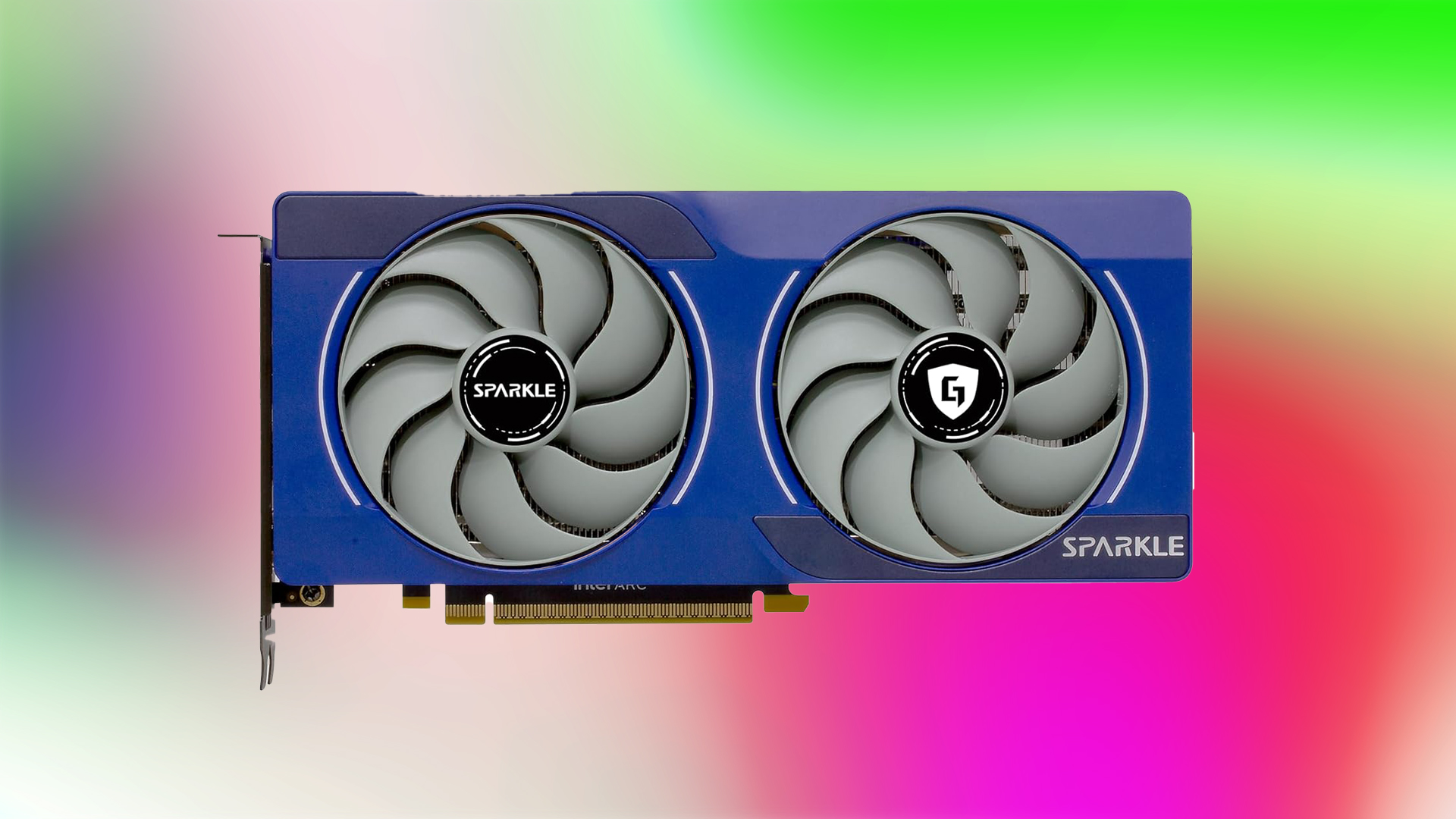
There are numerous budget choices available that can easily play games at 1080p and even crank the resolution up to 1440p. Scattered across the used and new retail markets, gamers with a budget of under $300 for a GPU are open to both new and old-generation options.
Intel Arc B570: The Value King
The B570 is, without a doubt, the king of value. At $219 MSRP, this card offers incredible 1080p performance. It comes with 10GB of VRAM, meaning gamers can easily load up AAA titles and play at medium to low settings. The B570 provides incredible value. Not only is the GPU capable of driving high FPS numbers in esports titles, but it can also play AAA games with upscaling and frame generation via Xess or Lossless Scaling. Alternatively, gamers can also aim for a locked 60 FPS gameplay with ultra settings and even try out 1440p in some games that stay within 10GB of VRAM.
Note that modern UE5 titles will not share this agenda; they will perform best in medium to low settings, even with upscaling. Intel’s QuickSync encoder is a lifesaver for video editing, supporting a wide range of codecs. As for the power connector, it’s a regular 6-pin or 8-pin, depending on the model, and will work with any PSU. In terms of PCIe lanes, the card uses a PCIe 4.0 x8 interface.
Warning: Intel’s GPUs may appear extremely appealing to budget buyers. However, if the existing platform is PCIe Gen 3.0 and doesn’t support Resizable BAR, then this GPU will perform poorly. Pairing this with modern systems that have a PCIe Gen 4.0 interface and fully support the Resizable BAR will extract maximum performance from this GPU.
RTX 5050: Nvidia’s Budget Entry
The RTX 5050 is a breath of fresh air at $249, offering performance that falls between the RTX 3060 and the RTX 4060. The 5060 also has 8GB VRAM, but that’s GDDR7, whereas this one has GDDR6, which shares the same out-of-VRAM problem in most AAA titles. As for esports, gamers looking forward to this will make a decent card. Regarding codecs, the Blackwell architecture supports newer codecs, which hardware-accelerate modern camera footage. As for the power connector, the 5050 utilizes a standard 8-pin connector. Regarding the PCIe interface, the card features PCI-Express 5.0 x8.
Warning: Purchasing the RTX 5050 on older systems with PCIe Gen 3.0 will technically work, as the PCIe standard is backward compatible. However, at least a Gen 4.0 system is recommended for optimal performance.
Mid-Range Powerhouses $450-500
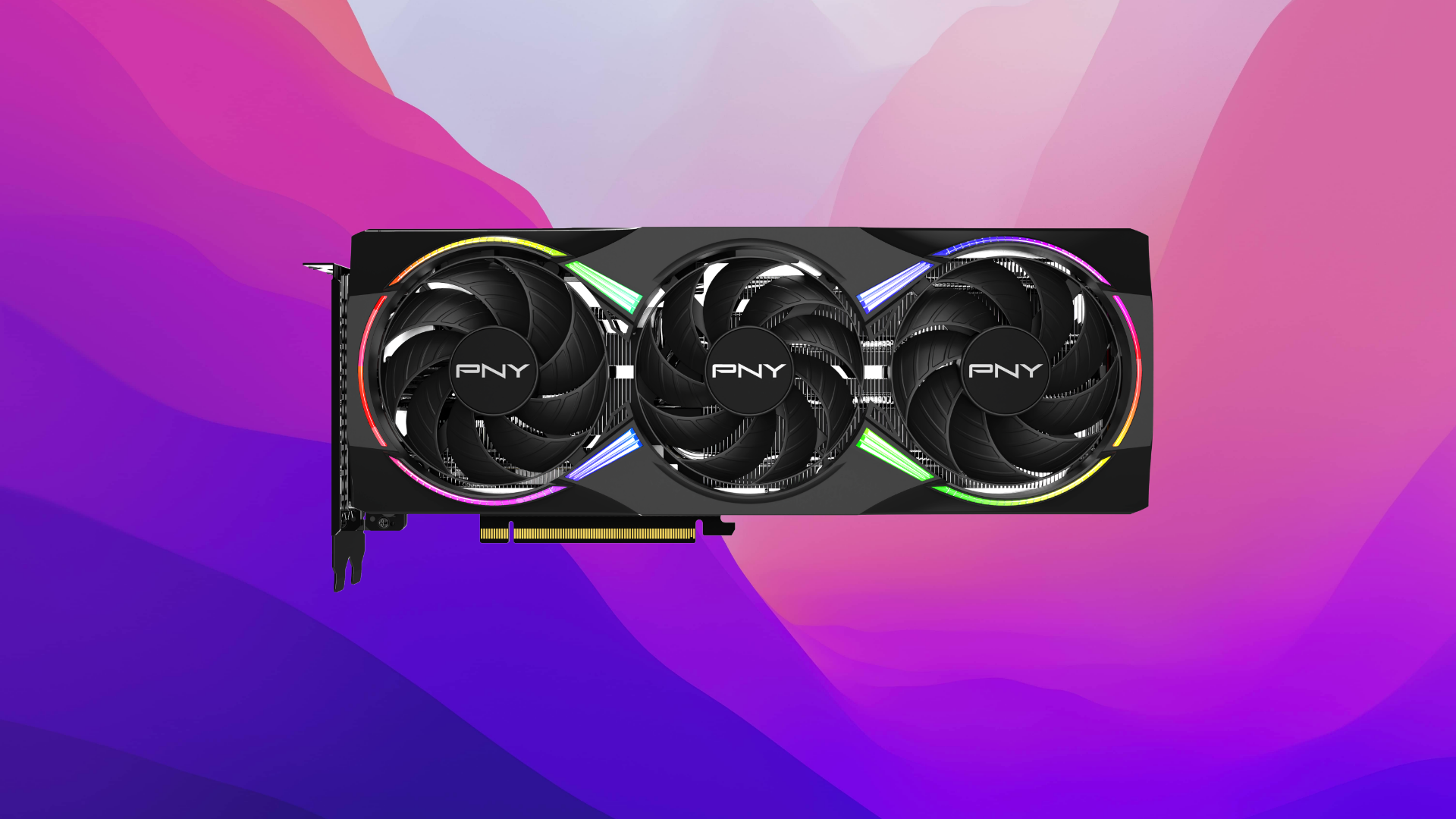
The mid-range is often considered the sweet spot for gamers. At this range, both AMD and Nvidia have introduced 16GB VRAM offerings, entirely sufficient for AAA games, esports games, and almost anything thrown at them.
RTX 5060 Ti: Nvidia’s Midrange Contender
The RTX 5060 Ti nearly matches the performance of an RTX 4070, but offers 16GB VRAM. At $479 MSRP, the card is outright value for money for the audience seeking an Nvidia-only offering. The 16GB VRAM is upgraded to GDDR7 and has sufficient memory bandwidth to handle 1440p, AAA games, and medium settings. An 8-pin power connector powers the card, and for PCIe lanes, it utilizes a PCIe 5.0 x8 interface. In terms of encoders, it’s the same story as every Blackwell card: new formats are supported, thereby efficiently accelerating modern camera footage with its encoders.
Warning: Purchasing the RTX 5060 Ti on older systems with PCIe Gen 3.0 will technically work, as the PCIe standard is backward compatible. It is recommended that users at least pair a Gen 4.0 system for ideal compatibility.
Suggestion: The RX 9060 XT is also an excellent alternative, albeit it’s priced a bit less and has fewer features, but it offers almost identical performance. On the other hand, the card features a PCIe 5.0 x16 interface, which enables higher bandwidth on older systems. However, Resizable Bar support is also mandatory to extract optimal performance.
Upper Mid-Range Excellence $550-650
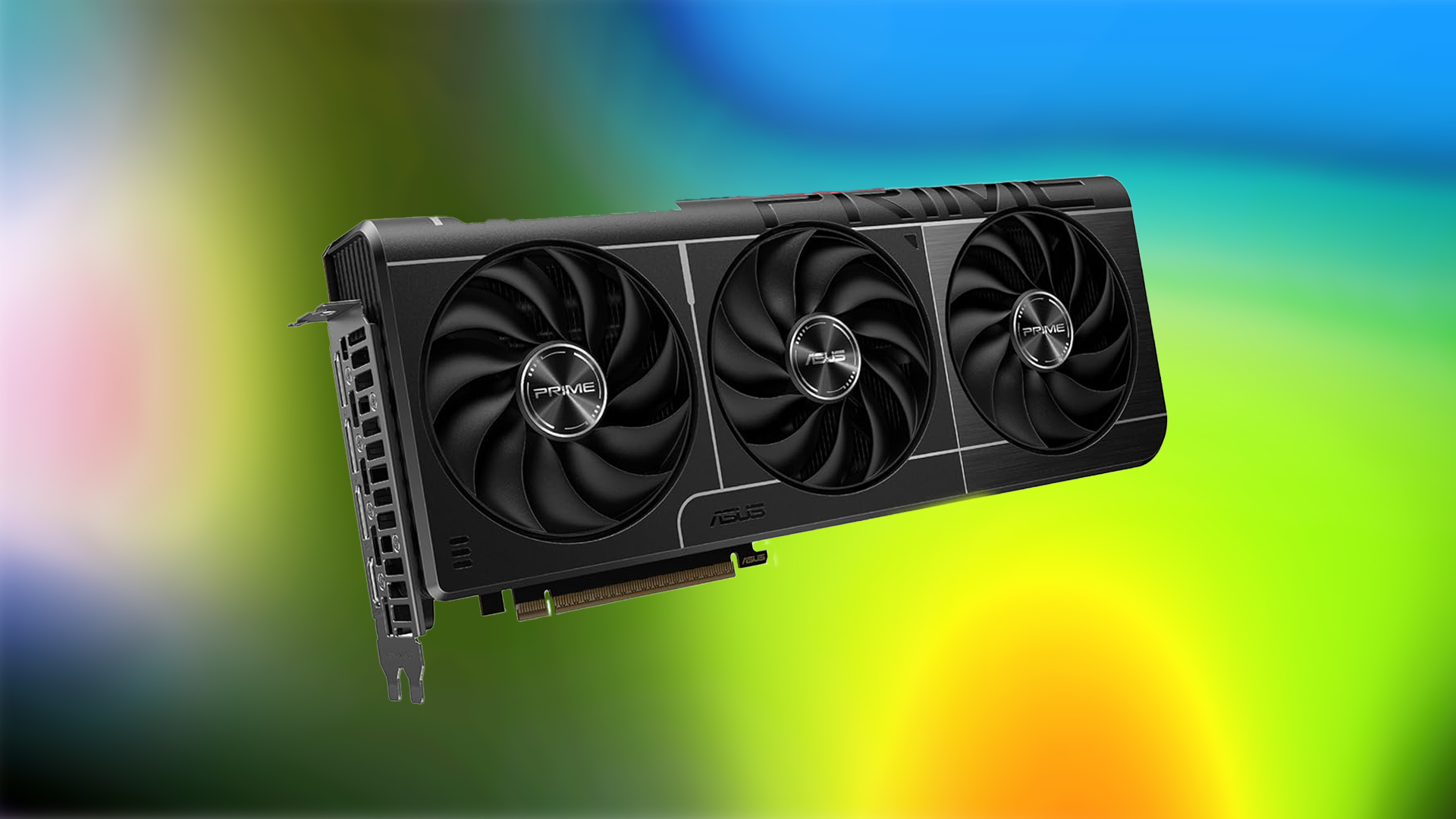
Amping up the mid-range is where it gets exciting. Shortly after this, as the prices increase, the performance scaling is no longer linear. Below are a few GPU choices that offer serious firepower, sufficient for gamers looking to play at 1440p or even 4K with tuned settings.
RTX 5070: Feature-Rich Performance
The RTX 5070 is the current generation upper mid-range gaming GPU. The performance it offers matches that of the previous generation RTX 4070 Ti 12GB. This card also offers 12GB of VRAM and has the same VRAM issues as the previous one. In terms of power connectors, the card features a 12V HWPR connector. As for encoders, it’s the same as every Blackwell card, allowing for seamless acceleration of modern camera footage. The card utilizes a PCI-Express 5.0 x16 interface, enabling it to be better utilized by older systems that support PCIe Gen 3.0.
RX 9070: AMD’s 1440p Champion
Those looking for Team Red as an alternative will find the RX 9070 highly appealing. Compared to the RTX 5070, this card offers more VRAM, but it features GDDR6 instead of GDDR7, as seen on the 5070. As for performance, in practical terms, both are evenly matched, with Nvidia taking the lead in its favored RT titles and AMD in its own. As for the power connector, the RX 9070 uses a 2×8-Pin. Regarding the interface, it features a PCI Express 5.0 x16 interface. The scene shifts when encoders are considered, as AMD has yet to catch up to Intel and Nvidia in terms of supporting modern camera footage.
Upgrade Path Recommendations
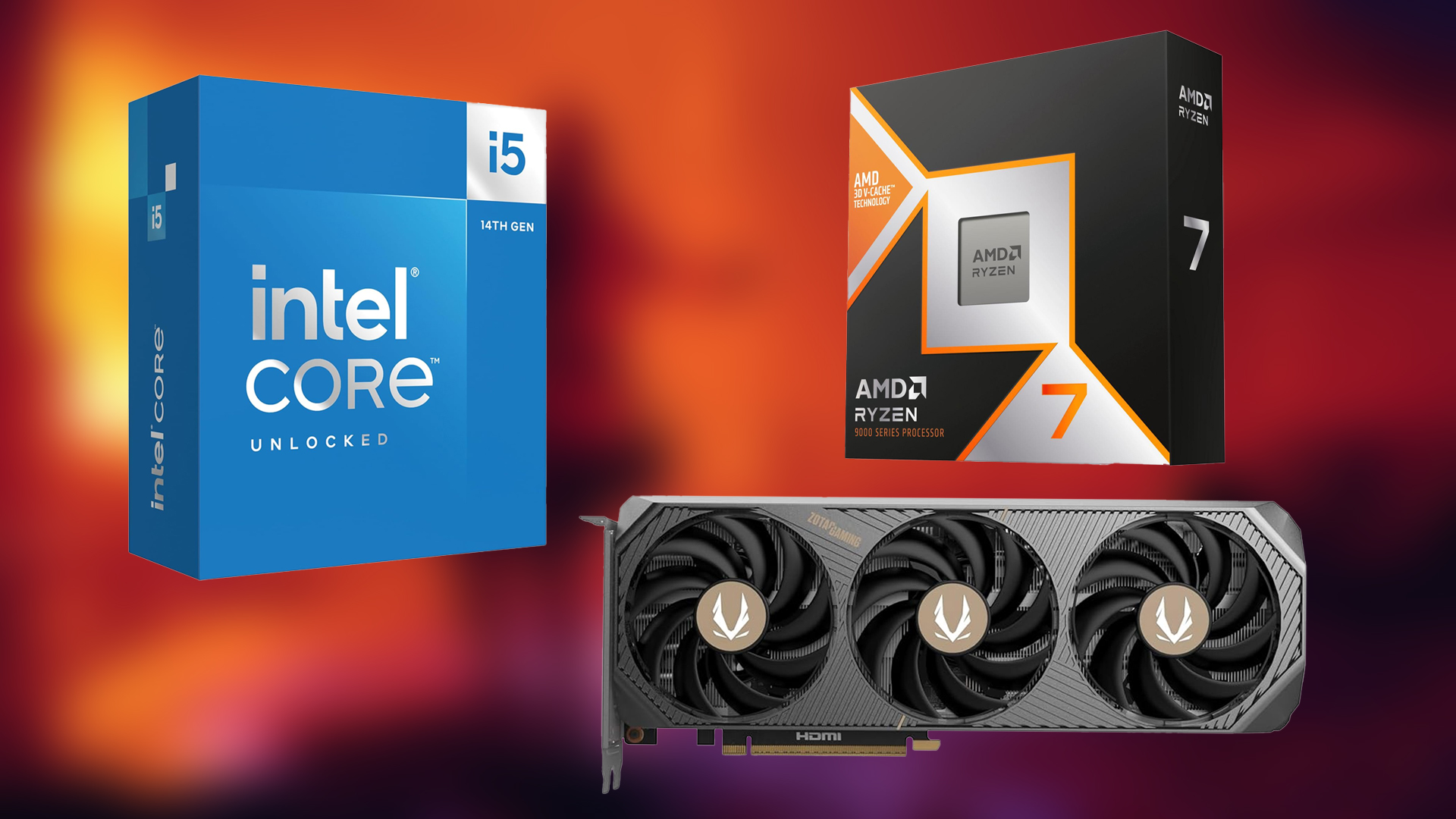
Below is an upgrade path that will help you with your hardware choices. The pricing provided here is for reference purposes only. Alternatively, you can also check out our CPU and GPU combo recommendations below, as CPUs are essential too when it comes to pairing GPUs.
5 Best Mid-Range CPU-GPU Combos for 1440p Gaming and 5 Best CPU-GPU Combos Under $600.
GTX 1060/RX 580 Era Cards
- Budget: Intel Arc B570 ($219) or RTX 5050 ($249)
- Performance: RX 9060 XT 16GB ($349) for best value
- Premium: RTX 5070 ($550) for 1440p gaming
RTX 2060/RX 5600 XT Era
- Minimum viable: RX 9060 XT 16GB ($349)
- Recommended: RTX 5070 ($550) or RX 9070 ($600)
- Premium: RTX 5080 or RX 9070 XT ($800-$1000)
RTX 3060/RX 6600 Era
- Entry point: RX 9060 XT 16GB ($349) offers incredible performance uplift.
- Recommended: RTX 5070 Ti ($750) when available at MSRP
- Premium: RTX 5090 ($2500): All games will run without exceeding VRAM.
We provide the latest news and “How To’s” for Tech content. Meanwhile, you can check out the following articles related to PC GPUs, CPU and GPU comparisons, mobile phones, and more:
- 5 Best Air Coolers for CPUs in 2025
- ASUS TUF Gaming F16 Release Date, Specifications, Price, and More
- iPhone 16e vs iPhone SE (3rd Gen): Which One To Buy in 2025?
- Powerbeats Pro 2 vs AirPods Pro 2: Which One To Get in 2025
- RTX 5070 Ti vs. RTX 4070 Super: Specs, Price and More Compared
- Windows 11: How To Disable Lock Screen Widgets
 Reddit
Reddit
 Email
Email

